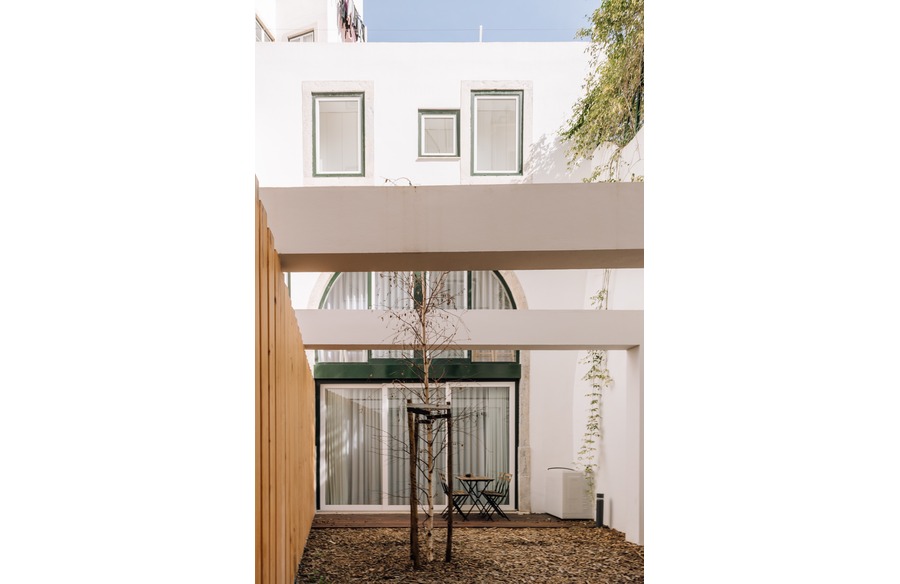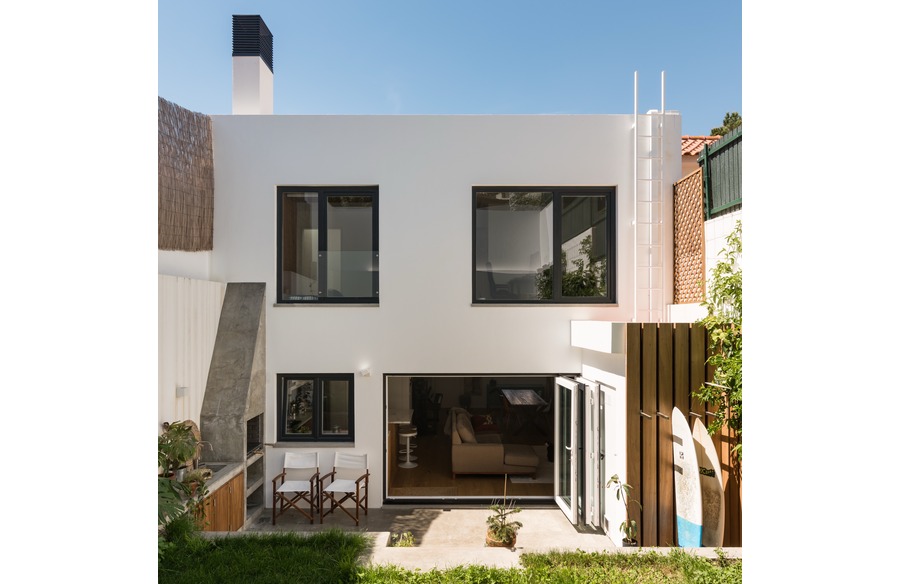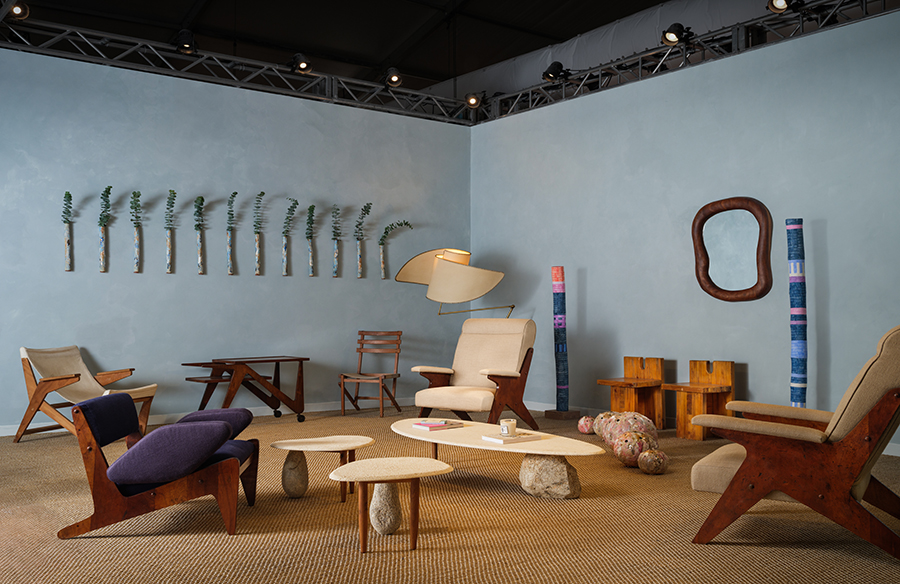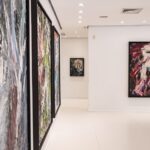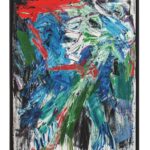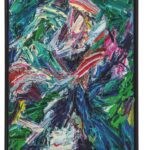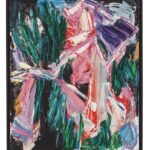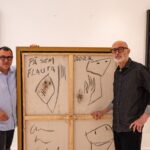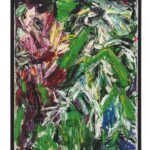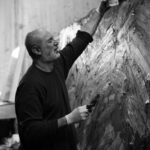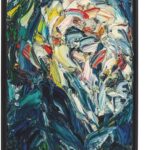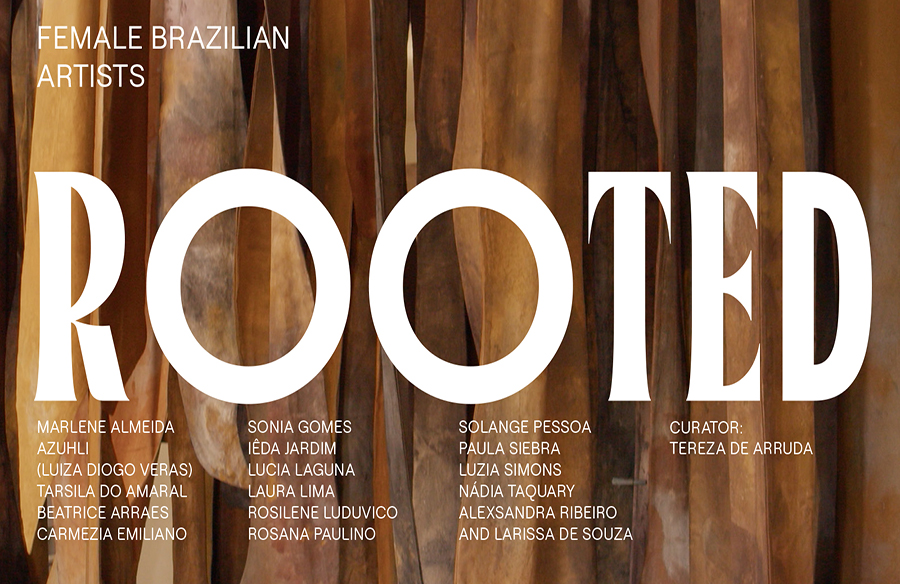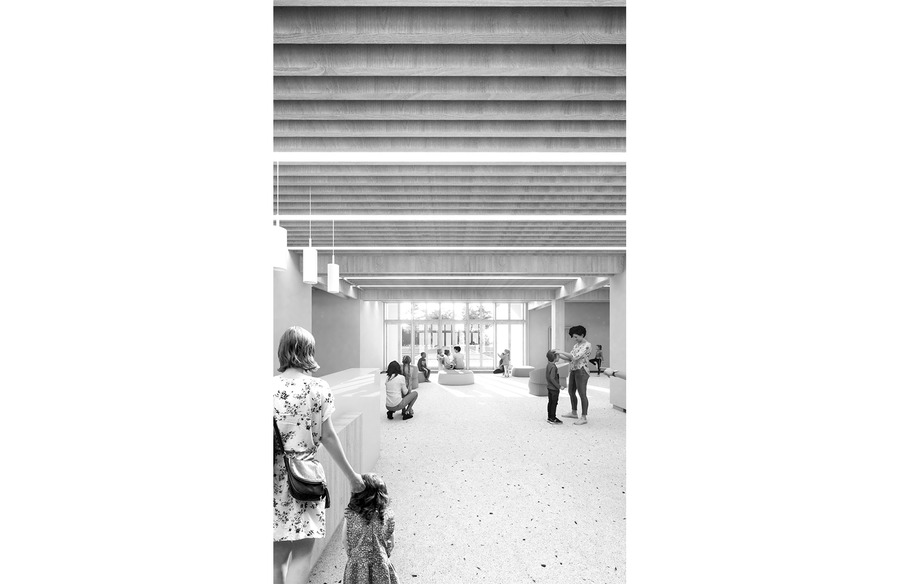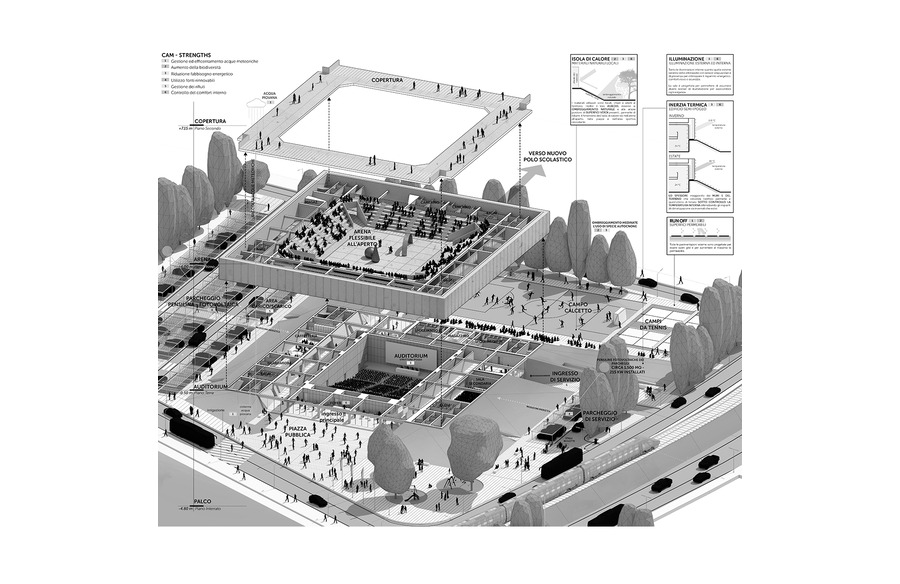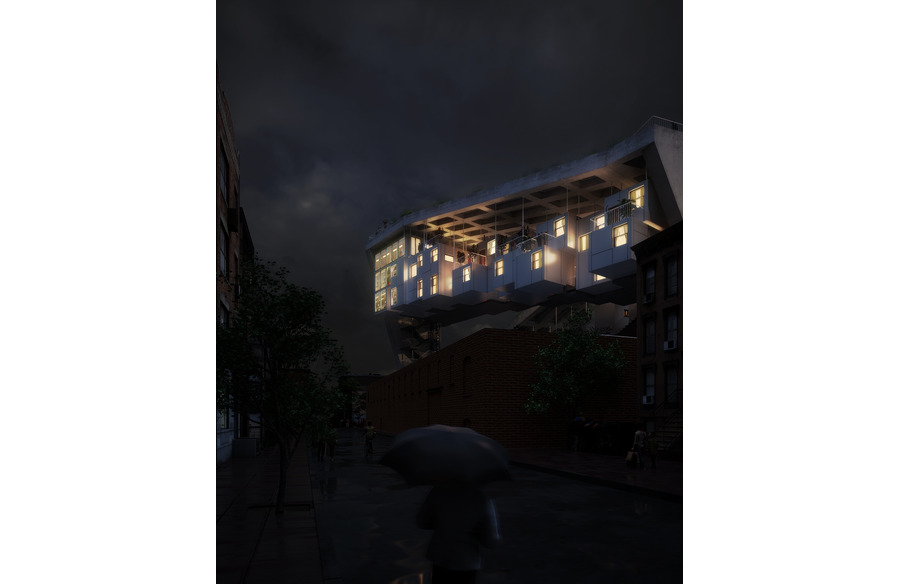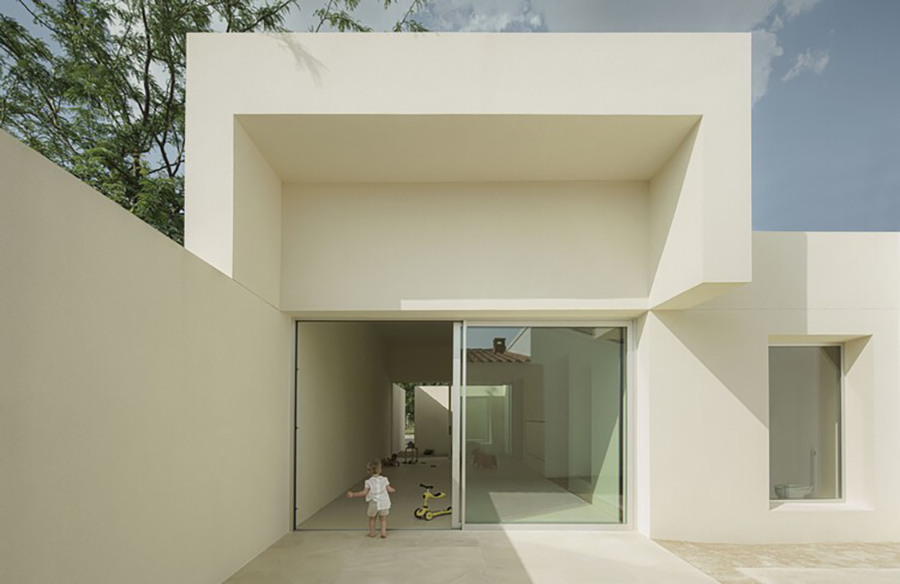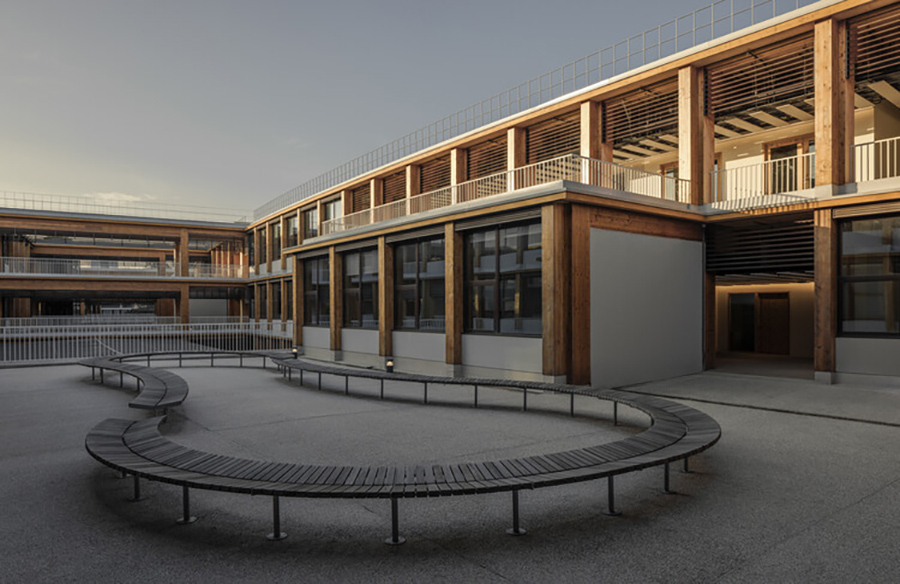Dan Galeria Presents Pã Sem Flauta Cabral Until March 8, 2025

When, in 1970, Cabral began studying at the Faculty of Architecture and Urbanism at the University of São Paulo (FAUUSP), the night sky of São Paulo had already loosened its constellations, and the lights of his studio gradually imposed themselves on the young artist. Sculptures, objects, paintings, drawings, engravings, and texts took turns as tools and constituent material. His many phases, always driven by interests in different fields of study, served as a foundation for future processes and projects.
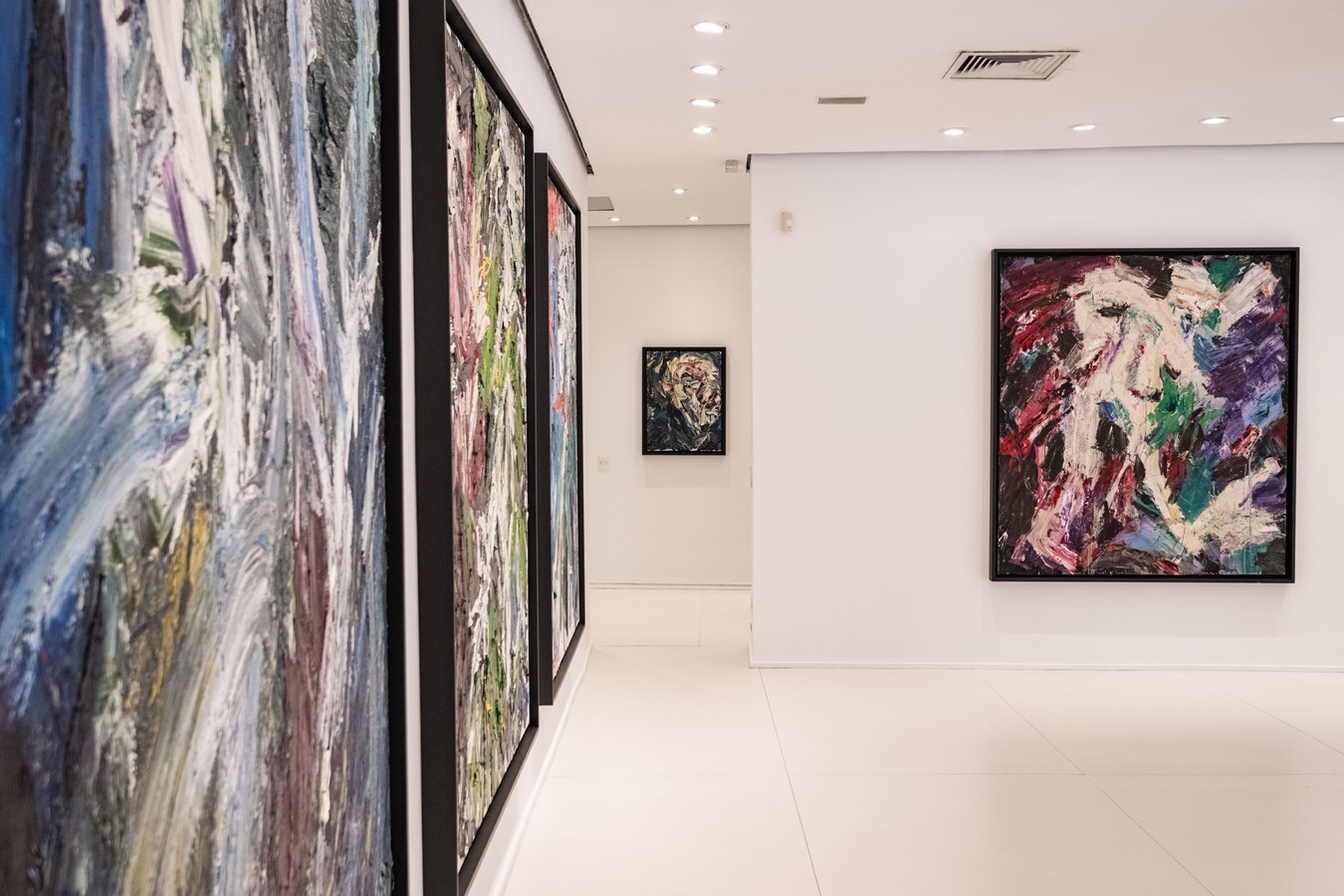
Thus, Cabral’s work consolidated perspectives, subjects, and techniques, associating them initially and profoundly, heading down the expressive path. For him, everything speaks to everything. The line is a drawing that embodies movement, gesture, and dance. Rhythm, timbre, music, and even, through the calibration of power, create chromatic and psychic analogies. The exhibition title refers to one of the works on display – Pã sem Flauta from 2023, oil on canvas, 160 × 120 cm. Today, with sixty years of career, the artist’s work emerges and is in private and institutional collections in Brazil and abroad.
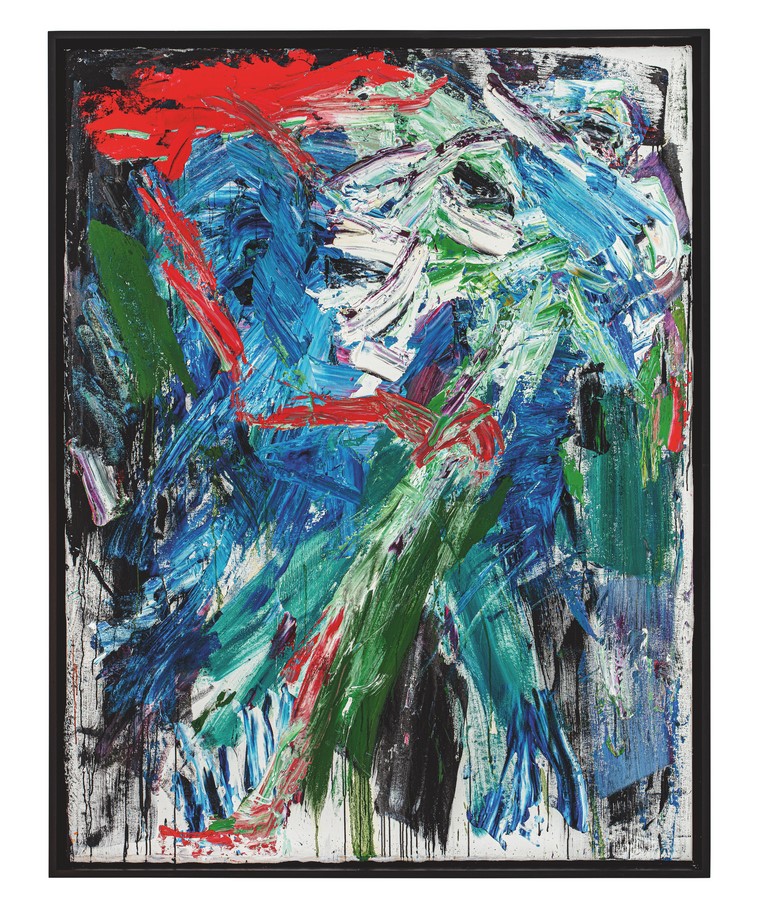
I think of the figure as derived from painting. The painted figure, however, is everything I do not desire. In the case of drawing, the figure that comes from the line, born from the line, resolves me. It would be better if, after the act of painting or tracing, we could say that there is a coincidence between figure and painting, line and figure as if It were interchangeable subject and predicate: the painting that is a figure, the figure that is a line. And so, what can painting figures provide to the eye? If what is perceived should not be dismembered and what is understood is not pure understanding, it is impossible to separate color from form, the act of painting from painting, and the line from tracing. I believe that looking is a way of being, that painting is not there to designate the image, that is, that painting is not at the service of representing the cat, the landscape, or the table; instead, possible ghosts emerge from it, emerging at the intersection between painting and looking.

The figure has always been an object of reflection for me. Since the first drawings of 1970, I have sought to empty the figurative, removing the flat forms that result from it and deviating from the obvious inherent in its structure. In the 1980s, when I was fully involved with observational painting, I realized that one of the impediments to figurative painting was the discontinuity between background and form since the separation privileges the figurative framing while the tension between the figure and what is outside it privileges the painting.
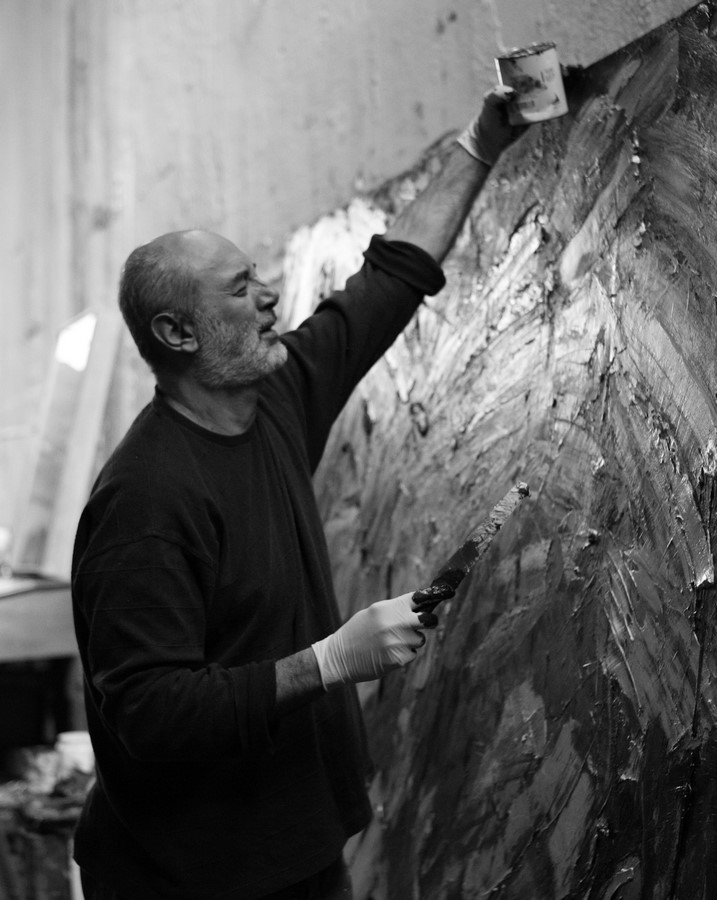
I took this tension until it passed through the figure’s supports, causing a kind of avalanche of the background, thus establishing another plastic space that begins to expel figures that have emerged from other statistics. I divide this passage from painting to figure into two distinct stages: the removal of the supports and the avalanche, since each of them leads to a painting of its own. The possibility of creation is tied to the unique. It’s how all art sustains its originality and cannot be relativized in terms of technique or poetics. Existence is a counter-current – it is impossible to negotiate within its scope.
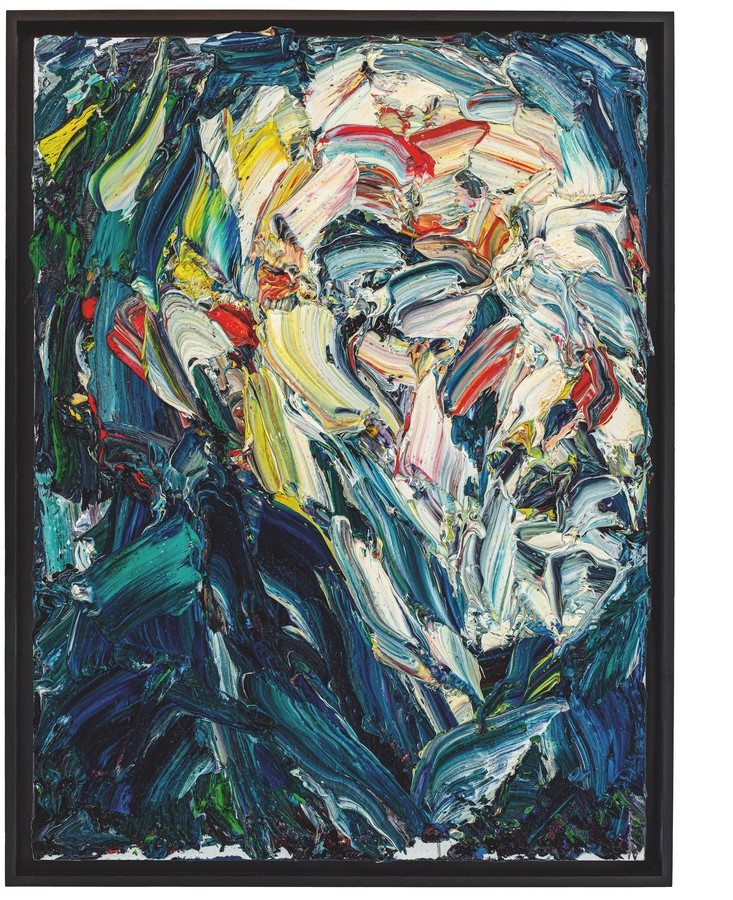
In a recent conversation in the artist’s studio, Cabral stated that he is searching for something that arises in silence at the moment of the construction of his painting. Perhaps, and rightly so, the word “construction” is not the most appropriate to describe his struggles with art since the time he studied at the Faculty of Architecture and Urbanism of the University of São Paulo (FAUUSP) and imagined himself in the shadow of Flávio Motta, in a place to satirize the act of drawing, designing and planning, commenting, in a humorous transversal, on Paul Klee, Saul Steinberg and others, since the social and artistic environment in which he moved was fluid in terms of commitment to theses or movements in art, whether they were affirmative or derisory.

